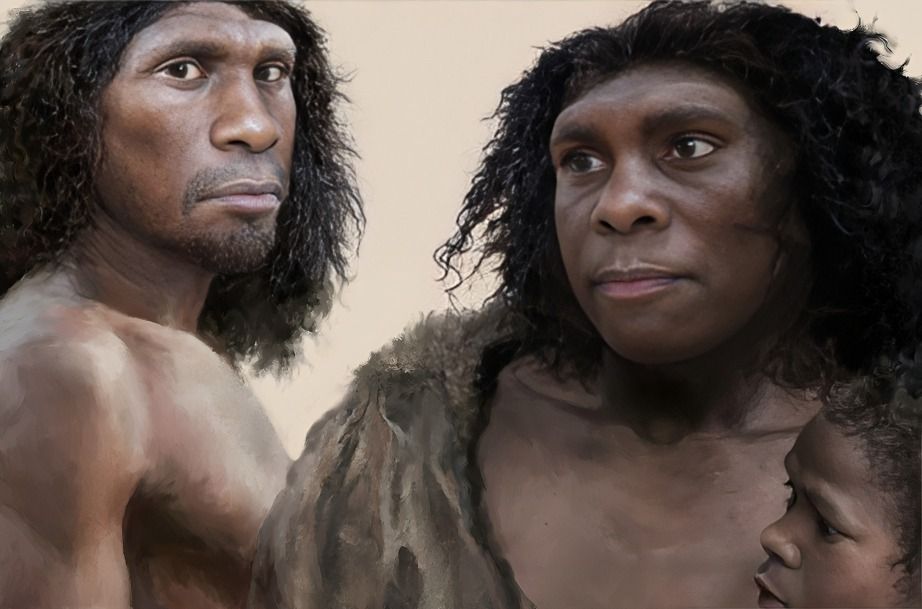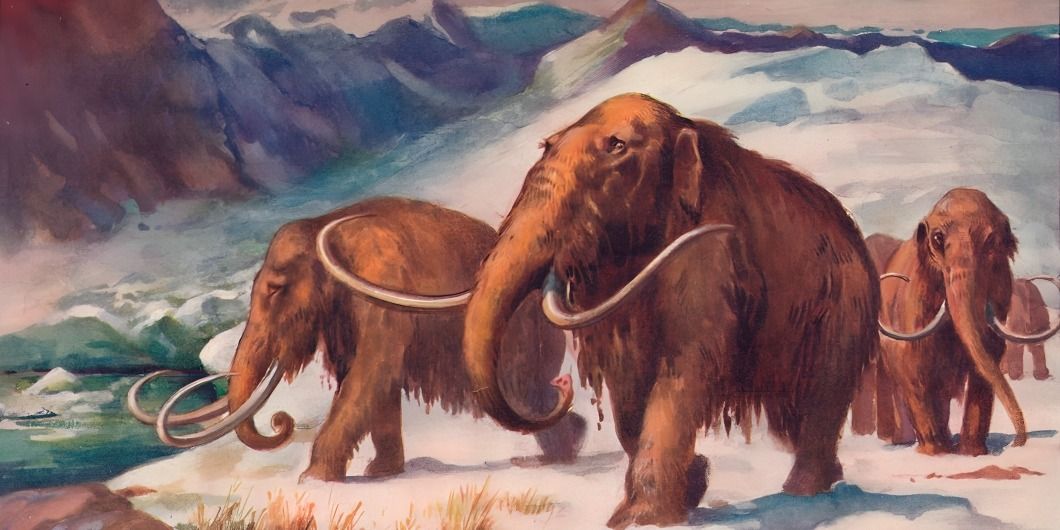
“
The Migration In the Paleolithic Era represents a remarkable chapter in human history. Our ancestors travelled vast distances for food, shelter, and safety during this period. In this blog, we will explore 20 fascinating facts about Migration In the Paleolithic Era, shedding light on the incredible journeys of our ancestors and their impact on humanity's evolution.1
1
”
Early human migrations in the Palaeolithic era were sparked by climatic changes and the food search, leading groups to venture out of Africa, reaching Eurasia over 1.8 million years ago.1
The migration routes of early humans often followed the coasts and river valleys, making water sources crucial for survival and facilitating the spread of humans into new, unknown territories.2

As they migrated, early humans carried rudimentary tools like stone hand axes, which helped them adapt to diverse environments, from African savannas to freezing Eurasian plains and forests.
Palaeolithic humans migrated in small bands of 20 to 30 people, relying on group cooperation and communication to successfully hunt, gather, and protect themselves from predators.3
Around 60,000 years ago, Homo sapiens began their most significant migration out of Africa, eventually reaching far-flung regions like Australia, likely using boats to cross seas and rivers.4
Some of the earliest evidence of human migration was discovered at the Dmanisi site in Georgia, revealing fossils of early hominins who left Africa over 1.8 million years ago.5
Palaeolithic humans adapted to cold climates during migrations by using animal hides for clothing, which helped them survive in places like Ice Age Europe and the tundra of Siberia.6

The migration of early humans into Europe coincided with the presence of Neanderthals, leading to interactions, competition, and eventual interbreeding between the two species, leaving genetic traces in modern humans.
By the time humans reached Australia, they had developed sophisticated ways to navigate and survive in arid and challenging environments, relying on their knowledge of natural resources and seasonal changes.7
The migration into the Americas likely occurred via a land bridge called Beringia, which connected Siberia to Alaska during the last Ice Age, around 15,000 to 20,000 years ago.8
As early humans spread, they learned to exploit local resources, using different types of stone, wood, and bone to craft tools, which allowed them to adapt to various landscapes.9
During migrations, humans likely followed migrating herds of large animals, such as woolly mammoths and reindeer, using their movements to find new habitats and food sources.10

As humans spread across the globe, they developed new hunting techniques, including spears and, later, bows and arrows, enabling them to hunt larger game like mammoths and bison.
The expansion of humans into new territories brought about cultural exchanges as different groups encountered one another, sharing knowledge, technology, and survival techniques across continents.11
Early humans faced many challenges as they migrated, including harsh weather, dangerous animals, and unfamiliar landscapes, but their ability to adapt allowed them to thrive and populate new areas.12
The migration of early humans across Africa, Asia, and Europe resulted in the development of distinct regional cultures, languages, and technologies, which diversified as humans settled in various environments.13

The Ice Ages influenced the migration patterns of early humans, with colder periods forcing groups to move southward in search of warmer climates and warmer periods enabling expansion northward.
Evidence of early human migration has been found in places like the Denisova Cave in Siberia, where DNA of both Denisovans and modern humans was discovered, showing complex interactions among species.14
As early humans migrated, they domesticated fire, which was essential for cooking, warmth, and protection, particularly in colder climates, and it played a key role in their survival.15
As humans migrated, they gradually adapted to different diets, shifting from primarily plant-based to a more meat-heavy diet as they moved into regions with fewer edible plant species.16


